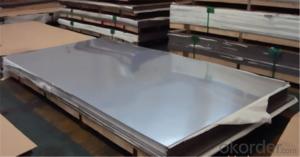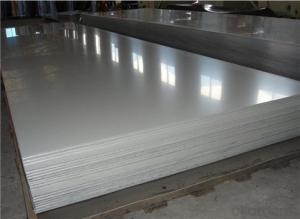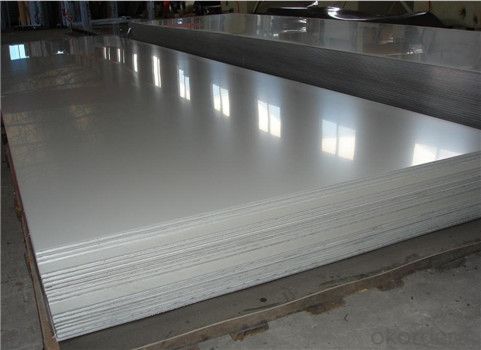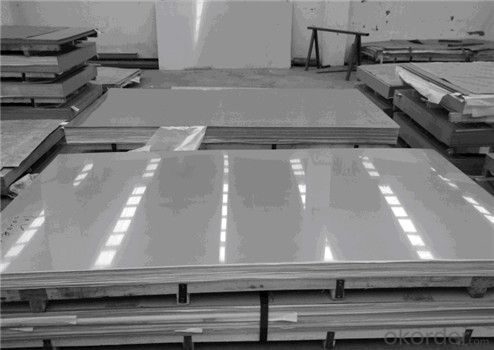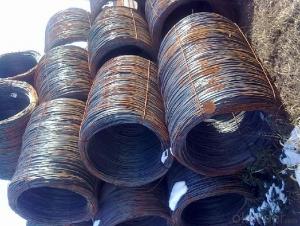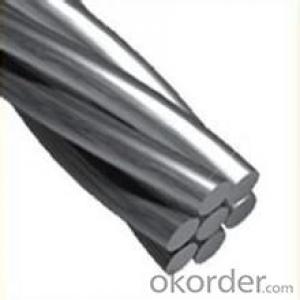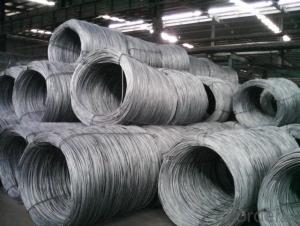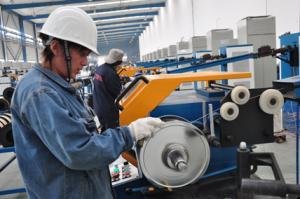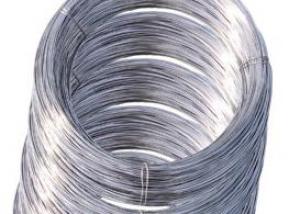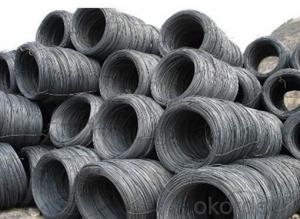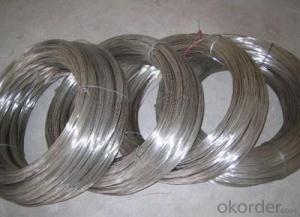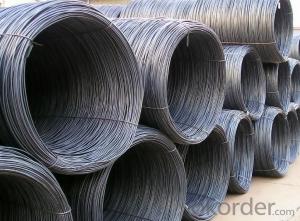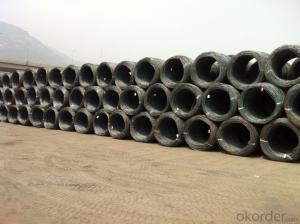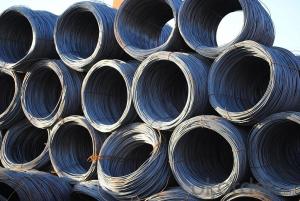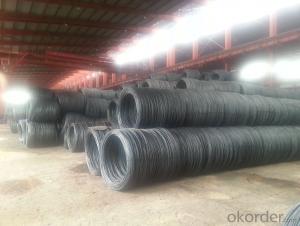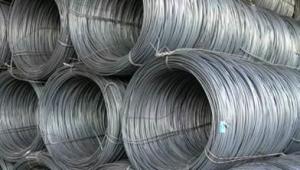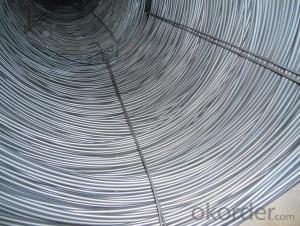Stainless Steel Plate 8K for Elevator Decoration,304 Acid Resistance Plate
- Loading Port:
- Tianjin
- Payment Terms:
- TT OR LC
- Min Order Qty:
- 100 m.t.
- Supply Capability:
- 45555555 m.t./month
OKorder Service Pledge
OKorder Financial Service
You Might Also Like
Specification
Description of stainless steel plate:
stanless steel sheet roll
Manufacturer since 2003;
Origin from Baosteel & Tisco;
100% Manufacture's direct deal.
Festures of stainless steel plate:
stainless steel sheet
1. Standard: AISI JIS, DIN etc.
2. TK:0.4-40mm
3. L:1-11.8m
4. Surface: 2B, BA etc.
Specifications of stainless steel plate:
Product Details | |
Product name | Stainless steel plate |
Brand name | RONSCO |
Standard | ASTM A240, ASTM A480, EN10088, JIS G4305 |
Material | 304, 316L, 321, 310S, 1.4301, 1.4307, 1.4404, S31803, S32750, 904L, Monel 400, Inconel 800 |
Surface | NO.1,2B,NO.4,BA,SB,Satin,Brushed,Hairline,Mirror |
Certificate | ISO9001, CE, SGS, TUV, DNV, BV, LR, GL, NK, RMRS |
Packing | In wooden cases,in wooden pallets |
Shipment | By sea, by air, by express |
Images of stainless steel plate:
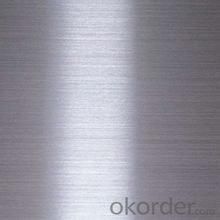
FAQ:
1. What is your package?
Packing situation: standard seaworthy packing or as customer required.
2. How long is the lead time?
Delivery time: 45 days after order confirmed.
3. What payment term do you accept?
Payment: T/T or L/C at sight.
- Q: How are steel wire rods used in the production of wire coat hangers for hanging clothes?
- Steel wire rods are used in the production of wire coat hangers as they serve as the primary material for creating the hanger's structure. The rods are bent and shaped to form the hanger's traditional triangular shape, allowing it to support and hold clothes securely.
- Q: How is steel wire rod tested for ultimate tensile strength?
- Steel wire rod is tested for ultimate tensile strength through a destructive testing process known as a tensile test. In this test, a sample of the wire rod is subjected to increasing tensile force until it fractures. The force applied and the elongation of the wire rod are measured throughout the test. By determining the maximum force the wire rod can withstand before breaking, its ultimate tensile strength can be accurately determined.
- Q: How is steel wire rod used in the manufacturing of wire forms for solar panels?
- Steel wire rod is an essential component in the manufacturing of wire forms for solar panels. It serves as the raw material that is shaped and formed into various wire structures used in the construction of solar panels. The steel wire rod undergoes a series of processes to transform it into wire forms suitable for solar panel production. The first step involves drawing the steel wire rod through a series of dies to reduce its diameter and increase its length. This process is known as wire drawing and results in a more uniform and smooth wire with the desired dimensions. Once the steel wire rod is transformed into wire, it can be further processed to create specific wire forms for solar panels. These wire forms can include support frames, interconnectors, busbars, and grounding wires. The wire forms are typically designed to provide structural stability, electrical conductivity, and mechanical support to the solar panel. The wire forms are manufactured using various techniques such as bending, cutting, welding, and shaping. The steel wire rod's malleability and strength make it an ideal material for these processes. It allows the wire to be easily shaped and formed into intricate structures while maintaining its structural integrity. Furthermore, the steel wire rod used in wire forms for solar panels is often coated or treated to enhance its durability and corrosion resistance. These protective coatings can include zinc, aluminum, or polymer-based coatings, which provide an additional layer of protection against environmental factors such as moisture and UV radiation. In summary, steel wire rod plays a crucial role in the manufacturing of wire forms for solar panels. It provides the raw material necessary to create the desired wire structures that offer structural stability, electrical conductivity, and mechanical support to the solar panel. The malleability and strength of steel wire rod allow it to be easily shaped and formed into intricate wire forms, while protective coatings enhance its durability and resistance to corrosion.
- Q: How is steel wire rod used in the manufacturing of automotive suspension springs?
- Steel wire rod is used in the manufacturing of automotive suspension springs as it provides the necessary strength and durability required to support the weight of the vehicle and provide a smooth and stable ride. The steel wire rod is shaped and coiled to form the spring, and its high tensile strength ensures that it can withstand the constant compression and extension forces experienced during driving. Additionally, the flexibility of the steel wire rod allows the suspension spring to absorb shocks and vibrations from the road, improving overall vehicle stability and comfort.
- Q: What are the different types of steel wire rod surface treatment methods?
- There are several different types of steel wire rod surface treatment methods, including pickling, galvanizing, phosphating, and coating. Pickling involves removing scale and impurities from the surface of the wire rod using an acid solution. Galvanizing involves coating the wire rod with a layer of zinc to protect it from corrosion. Phosphating is a process of treating the surface with a phosphate coating to improve adhesion and corrosion resistance. Coating methods involve applying a protective layer of paint or polymer to the wire rod surface to enhance its durability and appearance.
- Q: What are the different coating options available for steel wire rod?
- Steel wire rod has a variety of coating options available, each with its own unique benefits and characteristics. Some commonly used coatings include: 1. Galvanized Coating: A widely favored option, galvanized coating involves applying a layer of zinc to the wire rod's surface. This provides exceptional corrosion resistance and enhances durability and lifespan. 2. Epoxy Coating: Applied to protect against corrosion and abrasion, epoxy coating creates a smooth and durable surface that prevents moisture and corrosive elements from reaching the wire rod. 3. Polymer Coating: Ideal for wire rod exposed to harsh environments, polymer coatings offer excellent resistance to corrosion, chemicals, and UV radiation. They also enhance the wire rod's aesthetic appearance. 4. Phosphating Coating: By chemically treating the wire rod, phosphating coating enhances corrosion resistance. It converts the surface into a layer of phosphate crystals, creating a protective barrier against rust and other forms of corrosion. 5. Powder Coating: Suitable for wire rod requiring a decorative finish, powder coating involves applying a dry powder to the wire rod and baking it to create a hard and durable coating. It provides excellent resistance to corrosion, chemicals, and scratches. 6. Ceramic Coating: Used for wire rod in extreme temperatures or abrasive environments, ceramic coatings offer excellent resistance to heat, wear, and corrosion. They also enhance the wire rod's strength and durability. Choosing the appropriate coating option is crucial and should be based on specific requirements and the intended application of the wire rod. Consulting with a coating specialist or manufacturer can help determine the most suitable coating option for the desired purpose.
- Q: What are the safety precautions to be taken while handling steel wire rod?
- When handling steel wire rods, it is important to follow certain safety precautions to avoid accidents or injuries. Here are some key safety measures to consider: 1. Personal Protective Equipment (PPE): Wear appropriate PPE, including protective gloves, safety glasses, and steel-toed boots. This will help protect against cuts, bruises, and eye injuries. 2. Proper Lifting Techniques: Use proper lifting techniques when handling steel wire rods to prevent strain or back injuries. Lift with your legs, not your back, and avoid twisting motions while lifting or carrying the rods. 3. Secure Storage: Store steel wire rods in a designated area that is well-organized and secure. This will prevent them from falling or rolling, which can cause injuries. 4. Clear Pathways: Keep pathways clear of obstructions, ensuring a safe and unobstructed route for transporting the rods. This will minimize the risk of tripping or slipping accidents. 5. Inspect for Defects: Before handling steel wire rods, inspect them for any defects or sharp edges. Remove any damaged or defective rods from use to prevent injuries. 6. Proper Handling Equipment: Use appropriate handling equipment, such as forklifts or trolleys, when moving or transporting steel wire rods. Ensure that the equipment is in good working condition and operated by trained personnel. 7. Teamwork and Communication: When working in a team, communicate effectively with your colleagues to avoid accidents. Use clear signals or verbal cues to coordinate movements and ensure everyone is aware of their surroundings. 8. Adequate Lighting: Ensure that the work area is well-lit to provide good visibility and minimize the risk of accidents due to poor lighting conditions. 9. Training and Awareness: Provide proper training to all personnel involved in handling steel wire rods. Educate them about the potential hazards, safe handling techniques, and emergency procedures. 10. First Aid Preparedness: Have a well-stocked first aid kit available, and ensure that employees are trained in basic first aid in case of any injuries. By following these safety precautions, you can help minimize the risk of accidents, injuries, and damage when handling steel wire rods. Always prioritize safety and take necessary measures to protect yourself and others in the workplace.
- Q: How is steel wire rod used in the manufacturing of wire rope slings for marine applications?
- Steel wire rod is a crucial component in the manufacturing of wire rope slings for marine applications. It serves as the raw material used to create the wire strands that form the core and outer layers of the wire rope. The steel wire rod undergoes a series of processes such as drawing, stranding, and closing to form the wire rope sling. The strength and durability of the wire rope sling depend on the quality of the steel wire rod used. It ensures that the wire rope sling can withstand heavy loads, harsh marine environments, and provide a reliable lifting solution for various marine applications.
- Q: What are the different types of steel wire rod surface cleaning methods for wire galvanizing?
- There are several different types of steel wire rod surface cleaning methods that can be used for wire galvanizing. These methods are designed to remove any impurities or contaminants from the surface of the wire rod before it undergoes the galvanizing process. One common method is acid pickling. Acid pickling involves immersing the wire rod in a bath of acid solution, usually hydrochloric acid or sulfuric acid. The acid helps to dissolve any mill scale, rust, or other surface contaminants, leaving the wire rod clean and ready for galvanizing. Another method is mechanical descaling. This method involves using mechanical means, such as abrasive brushes or shot blasting, to physically remove any surface impurities from the wire rod. This method is often used for wire rods that have heavy scale or stubborn contaminants that cannot be easily removed by acid pickling alone. Additionally, there is a method called electrolytic cleaning. This method uses an electric current to remove surface impurities from the wire rod. The wire rod is immersed in an electrolyte solution, and an electric current is passed through the solution, causing the impurities to migrate away from the wire rod and towards the opposite electrode. This method is often used for wire rods that have a thin layer of oxide or other surface contaminants. Finally, there is a method called mechanical cleaning. This method involves using mechanical means, such as wire brushing or sanding, to physically scrub the surface of the wire rod and remove any surface impurities. This method is often used for wire rods that have light scale or surface contaminants that can be easily removed by mechanical means. Overall, the choice of cleaning method will depend on the specific requirements and condition of the wire rod. Each method has its own advantages and disadvantages in terms of effectiveness, cost, and environmental impact.
- Q: How is steel wire rod used in the manufacturing of wire for electrical grounding systems?
- Steel wire rod is used in the manufacturing of wire for electrical grounding systems as it provides the necessary strength, conductivity, and durability required for grounding applications. The steel wire rod undergoes various processes such as drawing, annealing, and coating to transform it into a finished wire that can effectively conduct electrical current and provide a safe path for grounding excess electricity.
Send your message to us
Stainless Steel Plate 8K for Elevator Decoration,304 Acid Resistance Plate
- Loading Port:
- Tianjin
- Payment Terms:
- TT OR LC
- Min Order Qty:
- 100 m.t.
- Supply Capability:
- 45555555 m.t./month
OKorder Service Pledge
OKorder Financial Service
Similar products
Hot products
Hot Searches
Related keywords
